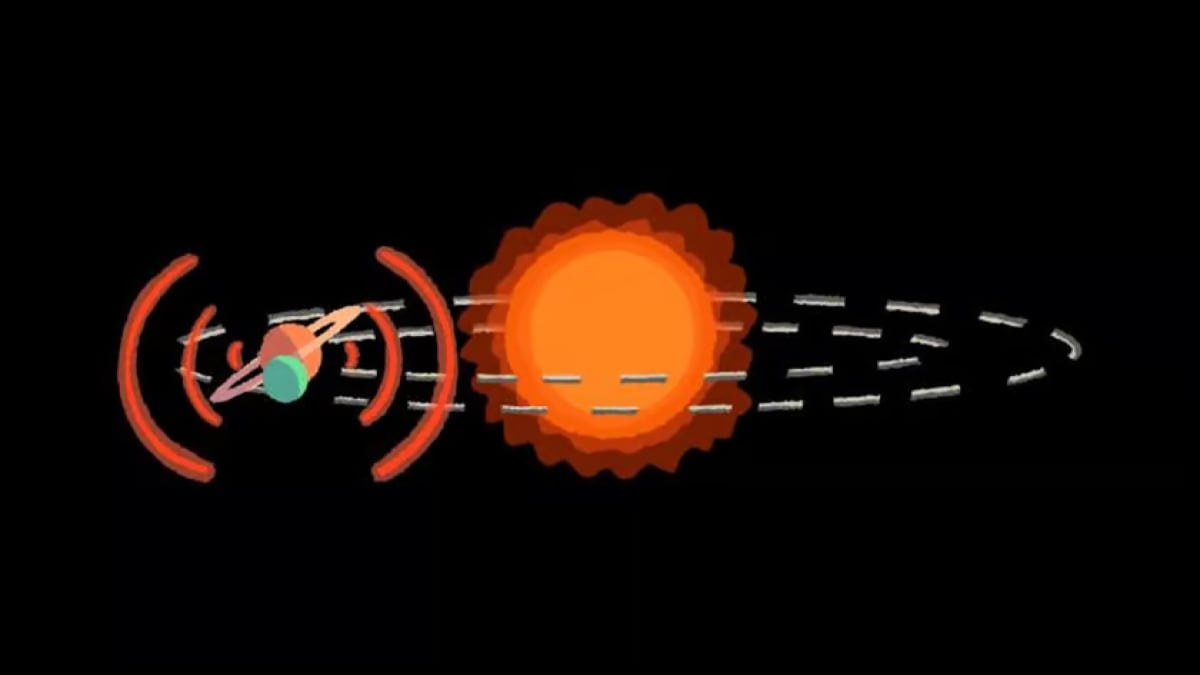
A recent study led by astronomers at Penn State University and the SETI Institute focused on the TRAPPIST-1 star system, which is situated around 41 light years from Earth. The researchers conducted an extensive search using the Allen Telescope Array (ATA), scanning for radio signals that might indicate communication between planets in this intriguing system. Their efforts lasted for 28 hours, marking a significant commitment to exploring the potential for extraterrestrial technology. While they did not uncover any definitive signs of alien signals, this research paves the way for more sophisticated techniques in the future.
Exploring Planet-Planet Occultations
The team’s investigation centred on a phenomenon known as planet-planet occultations (PPOs). This occurs when one planet passes in front of another from our perspective on Earth. If intelligent life were present in the TRAPPIST-1 system, there is a possibility that radio signals transmitted between these planets could leak into space and be detected from Earth. Nick Tusay, a graduate student research fellow at Penn State and the paper’s first author, emphasised the importance of refining techniques to detect such signals. He noted that while past searches typically focused on powerful, beacon-like transmissions, advancements in technology, such as the Square Kilometre Array, might allow for the detection of more subtle communications.
Looking Ahead
Despite the lack of alien signals this time, the researchers are optimistic about future endeavours. They believe that improved methods and a focus on phenomena like PPOs could enhance their chances of discovering signals from intelligent life. The TRAPPIST-1 system, with its seven rocky planets, offers an exceptional opportunity to refine these techniques. As the research team, which includes Sofia Sheikh, Jason T. Wright, and others, continues their work, they aim to expand our understanding of the cosmos and explore the potential for communication among distant worlds.
